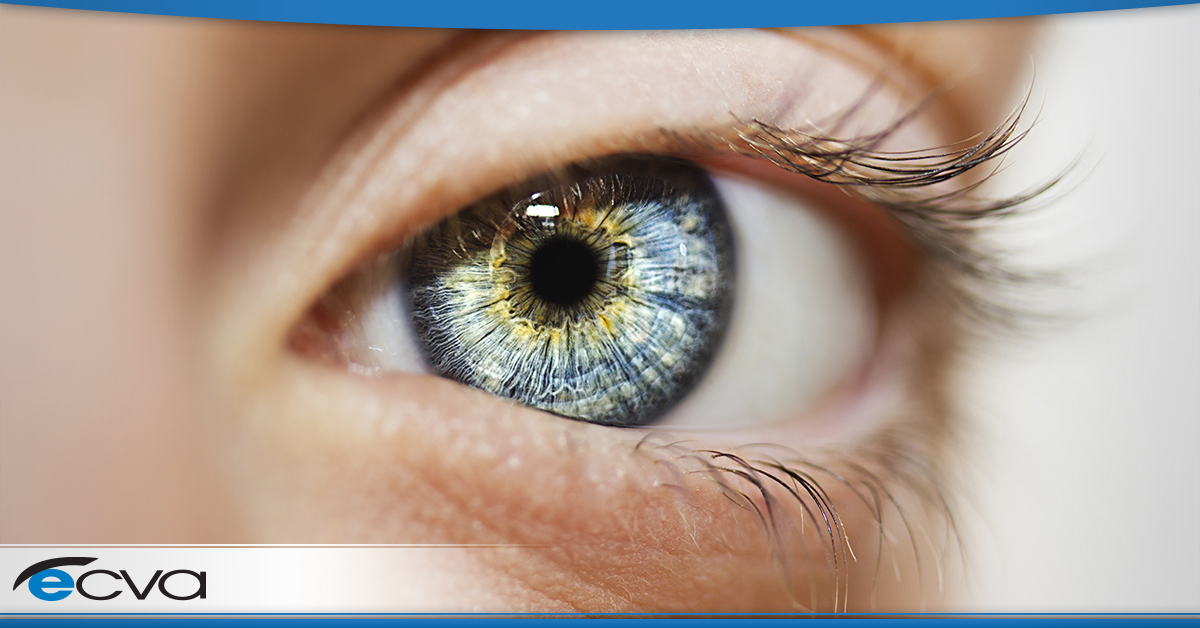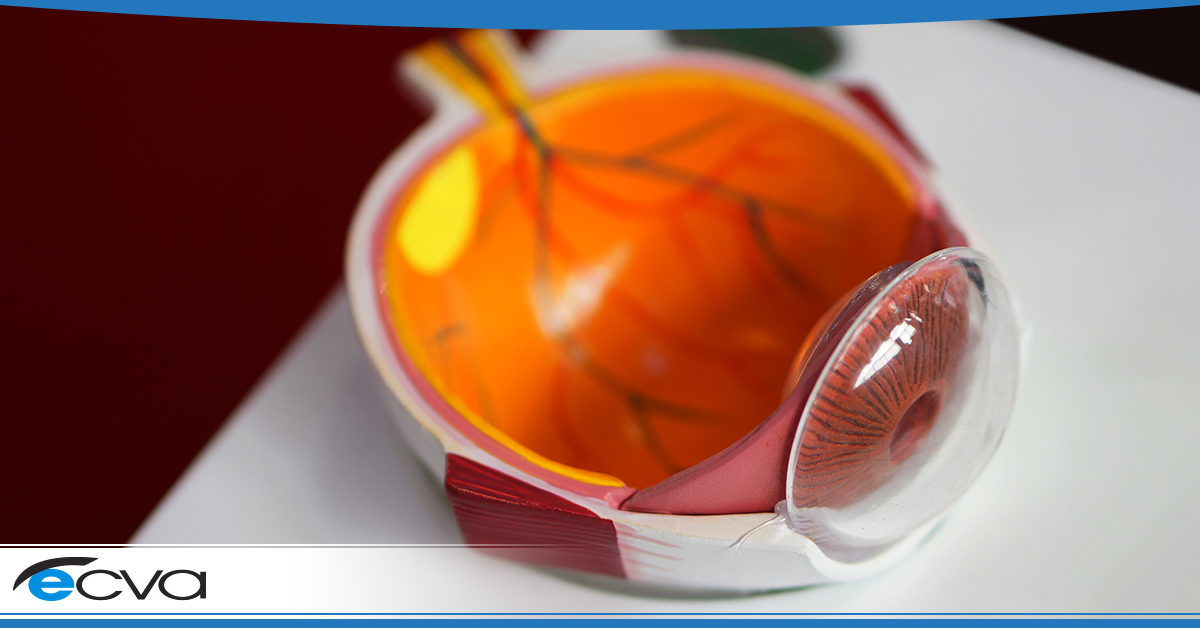Changes in eye color can be as captivating as they are concerning. By understanding what can cause eye colors to change, you can determine if what you’re experiencing is typical or if you should see a visionary eye doctor.
Here is a look at common causes of eye color changes.
Natural Age-Related Eye Color Changes
One of the most common situations that leads to changes in eye color occurs in children. When a baby is born, their eyes are usually lighter or bluer. Mainly, this is because a newborn hasn’t had sun exposure, so the melanin in their eyes isn’t fully developed. As they are exposed to light, melanin production increases, causing the color of their eyes to shift.
However, eye color changes can also occur as a person ages. Those with lighter color eyes – especially Caucasians – may see their eyes lighten over time. The pigment slow degrades over time, resulting in less color.
Other Situations Leading to Eye Color Changes
Sun Exposure
Since melanin plays a role in eye color, exposure to the sun can lead to eye color changes. Usually, it requires prolonged exposure and results in the irises darkening.
Medical Treatments
Some medications may alter eye color. One prime example was a name-brand eyelash growth serum that was available by prescription. While the side effect was rare and usually required the drops to be applied to the eye – not the lash line, as it was meant to be used – a chemical in the serum could have the ability to impact eye pigments.
It’s also possible for other medications and surgeries to result in eye color changes. If that’s a potential side effect of a treatment, your eye care specialist will discuss it in advance.
Nearby Colors
In some cases, it may look like your eye color has changed when, in reality, your eyes are the same color. Changes to the size of your pupils can cause your eye color to appear slightly different. Partially, this is because your limbal ring (the darker ring on the outside of the iris) is closer to the pupil’s edge. This can make your eye color appear darker because less of the iris is visible.
Additionally, other colors near your eyes may impact how your eye color is perceived. For example, your clothing, makeup, hair, and glasses frame color may all influence the apparent hue of your irises. However, most of that is an illusion.
When a different color is near your eye, slight reflections of those shades might make your eye color seem different, even though it isn’t. In a similar vein, changing the colors that are near your eyes may create more or less contrast than is usually there, making the hue seem stronger or weaker due to an adjustment in the comparison.
Similarly, crying, allergies, or other activities that cause the sclera – the white part of the eye – to redden may make the irises seem slightly different. Again, this is because the area near the iris changed hues, not because the iris itself is a new color.
Medical Conditions
There are medical conditions that can lead to shifts in eye color. Heterochromia – a condition that causes a person to have two different colored irises or more than one color in a single iris – may result in color changes. Horner’s syndrome may cause the eyes to lighten. Pigmentary glaucoma and Fuch’s heterochromic uveitis – an inflammatory condition – may also result in changes to the iris. The same goes for eye melanoma, a type of cancer.
Consult a Reputable Eye Doctor
The eye care specialists in Buffalo, NY at ECVA take the safety and health of our patients’ eyes seriously. If you have concerns about your eye health or simply haven’t had an eye exam in a while, we can help. Schedule an appointment at your closest ECVA clinic today.










